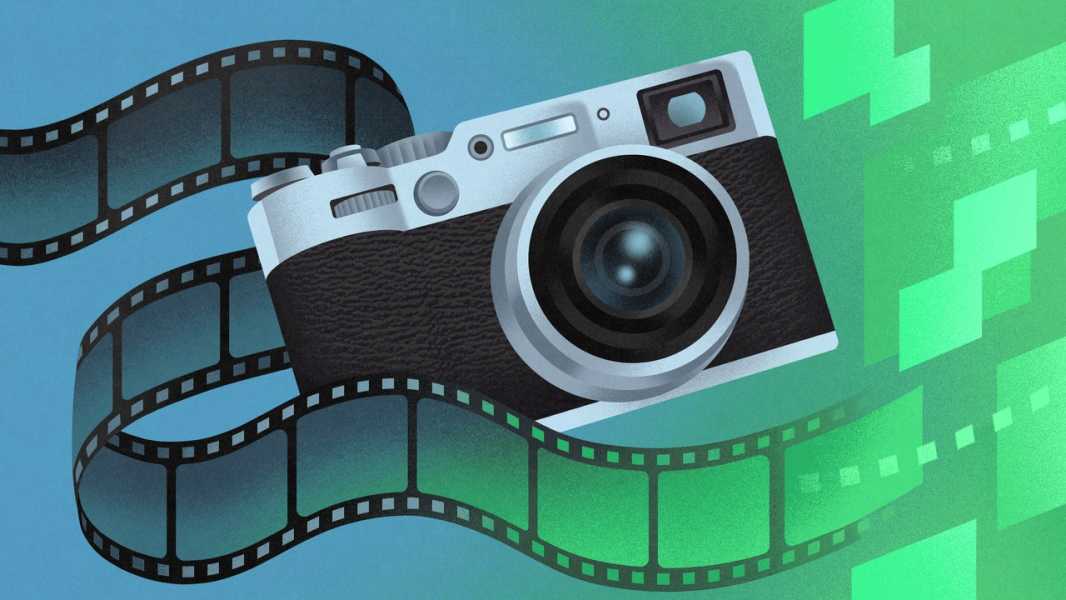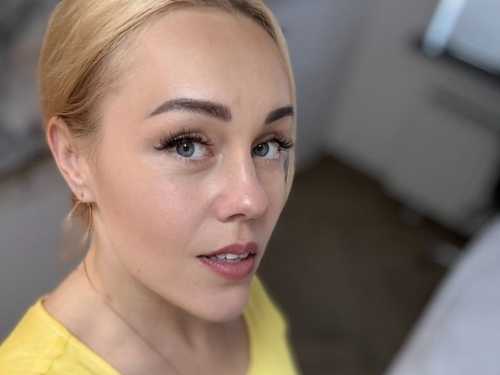
Save this storySave this storySave this storySave this story
In 2015, Josh Sisk, a freelance photographer in Baltimore, picked up a new Fujifilm X100S digital camera for thirteen hundred dollars. He wanted to use it on vacations and road trips, when his full kit of professional cameras and lenses would be too bulky to bring along. The X100S, which débuted in 2013, had a slim body and a fixed-length 35-mm.-equivalent lens that made it convenient to carry; at the same time, its optical viewfinder meant that it functioned more like a traditional film camera—the user looks through glass at reality, not, as with an iPhone, at an image on a screen. The camera also included the option to use “film simulations,” digital filters that made its images look like they had been shot on various types of classic film. Sisk ended up using the X100S constantly and eventually rehabbed it with new batteries, but this year he decided that it was time for an upgrade to the latest model in the line, the X100VI. “I went to my camera shop and asked,” Sisk told me. “They laughed at me: ‘You might get one in 2025.’ ” He hadn’t realized that the cameras had become a hit on TikTok and other social-media platforms. They were completely sold out.
Fujifilm’s X100VI is an upgraded model that was released at the end of February. Its sticker price is $1,599.95, but most retailers have it only on back order, and buying one on the secondary market might cost you twenty-five hundred. In 2023, Fujifilm’s revenue hit “record highs,” according to the company’s earnings reports, boosted significantly by digital cameras. If you spend enough time online, you’ll learn to spot evidence of the devices’ popularity. For the past few summers, I’ve noticed a slew of TikTok influencers posting travel photos from Bali, Lisbon, or the French Riviera featuring deep-orange washes, high-contrast shadows, and fuzzy faux film grain. The images stand in a marked contrast to the cold high-definition photos produced by iPhones on their default setting, an aesthetic that, as I wrote in a 2022 column, many users have come to find alienating. Kostas Garcia, a TikTok creator with more than a hundred and sixty thousand followers, told me, of the X100 series, “You can take these nostalgic-looking film photos but you don’t have the hassle of having to learn film or the process of waiting for your photos.” The cameras provide all of the cache of analog without any of the labor, like a supercharged version of the Instagram filters that were popular in the early twenty-tens.
The half-dozen photographers I spoke to about the X100 all marvelled at the authenticity of the Fujifilm simulations compared with other forms of digital manipulation. When you load an image to Instagram or Adobe Lightroom, a popular photo-editing app, the digital files shed the original camera settings and can lose data; the X100’s onboard firmware applies its changes to the information coming through the camera’s lens as a picture is taken. Victor Ha, the vice-president of the electronic-imaging division at Fujifilm North America, told me that an Instagram filter “is almost a painting over a wall,” whereas the X100’s simulations are “starting from the wall itself.” In one particular film “recipe,” the green hues might be heightened, the contrast raised, or the brightness lowered. Each film simulation type combines these effects in slightly different ways, creating a version of the look imparted in decades past by the layers of emulsion on physical film. The same film engineers who have worked at Fujifilm for decades now apply their knowledge of, say, Velvia film—a favorite of nature photographers—to creating its digital copy. (The X100 also offers “Classic Chrome,” which is widely viewed as a replica of Kodak’s famous cyan-heavy Kodachrome film, though Fujifilm disputes this.)
The emulation of film isn’t the camera’s only appeal. For many people, iPhone cameras are part and parcel of a broader digital addiction. They are forever at hand, which is convenient but also anxiety-inducing; the same device that lets us document our experiences serves us breaking-news alerts and work pings from the office, in addition to beckoning us to turn our photos into content. By designing a modernized camera that is simply a camera, with a fixed-length lens that can’t be swapped out, Fujifilm tapped into a desire for a more restricted kind of picture-making. When using an X100V instead of a phone, Travis Stone, a metal guitarist who brought the camera on tour with his band in Europe, told me, “You’re more present—you’re not just getting brain rot on the Internet all day.” Stone shoots concerts and behind-the-scenes happenings, then prints his pictures into zines. “I’ve even started to post a little less on my Instagram just so I can have more in my photo zines that people haven’t seen yet,” he said.
Fujifilm released its first camera in the line, the original X100, in 2011, when the company was known mainly for its actual film. David Hobby, a former photojournalist who has used the series since the beginning, found the X100 “slow, laggy, buggy.” But, with each new iteration, Fujifilm refined its technology and improved processing speed. It also released firmware updates to keep old models running better, which built a sense of loyalty among consumers. Hobby is still content with his X100F, from 2017. (Compare this with the planned obsolescence of products from, say, Apple.) Fujifilm’s cameras, initially used mostly by professional photographers, crossed over to social-media creators during the pandemic, when many people discovered or rediscovered photography as a pastime and took to discussing it online. A watershed moment took place in September, 2022, when Kylie Katich, a TikTok influencer who currently has more than one and a half million followers began posting about the X100. “THIS CAMERA WILL CHANGE YOUR LIFE,” Katich wrote in the caption of a video featuring a montage of tinted portraits of her baby. Other influencers were introduced to the camera by Carson Grzegorczyk, an Orange County-based photographer who used his iPhone to film videos of his Fujifilm X100V in action. His footage—which showed the camera pointed at various picturesque landscapes, and the same landscapes reflected on the camera’s flip-out digital screen—demonstrated how the film simulations filtered reality. The posts “absolutely blew up,” Grzegorczyk said, and have since been copied by many other creators.
As those videos demonstrate, the X100 camera as a physical object has contributed to its success as a social-media star. Many users seem to consider the device—a simple black or black-and-silver rectangle, like the emoji symbol of a camera—to be a fashion accessory as much as a tool. “It looks like you inherited the camera from your grandfather who used to be a photojournalist,” Hobby told me, adding, mockingly, of its appeal among influencers, “Now you’re taking it to Bali, aren’t you cool?” The camera’s design is a “complete ripoff,” Hobby said, of Leica M-System cameras, which in the twentieth century became synonymous with hard-charging documentary photography by the likes of Robert Capa and Walker Evans. Leicas remain an aspirational purchase for many pro photographers; they retail for more than six thousand dollars, and the lenses cost roughly the same amount. Fujifilm drew upon the same visual signifiers to create a more accessible product—and perhaps a better one for the Internet era. “Fuji made the camera that Leica should have made,” Hobby told me.
The company has embraced its online popularity. Earlier this year, several social-media-content creators were invited on a Fujifilm-sponsored trip to Tokyo, where they got to use the new X100VI to document the city in exchange for posting about it on their accounts. Courting overexposure may be risky for a company currently facing a supply deficit, though. (It’s hard to keep intricate hardware manufacturing running at the pace of social media.) In the meantime, other camera brands, including Nikon and Ricoh, are producing models that follow the X100’s playbook. Victor Ha, of Fujifilm, spoke to me about “memory color,” the company’s concept for the way that visual cues from analog film can trigger particular feelings in the viewer. Inspired by social media, the new generation of cameras are working to automate those cues—and, for all their relative offlineness, they may be accelerating certain trends that the iPhone pioneered. Grzegorczyk told me that the X100V, which can connect to Wi-Fi for image transferring, has actually sped up his ability to share pictures on Instagram. “You don’t need to go in and edit every image,” he said. “It gives you an image that’s ready to go immediately.” ♦
Sourse: newyorker.com






